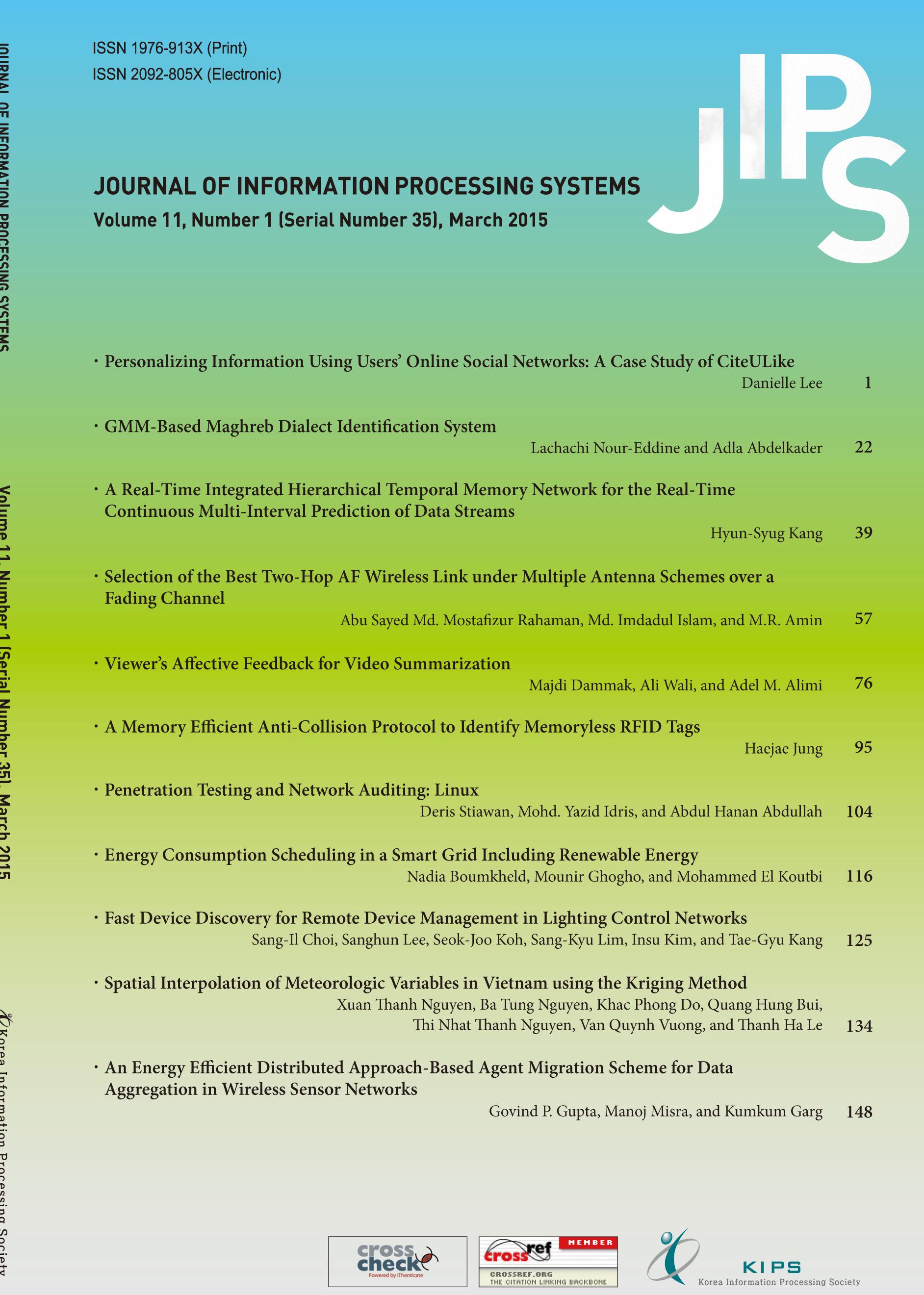Software Engineering and Technical Debt (SEaTeD) at SEAA 2017
SEaTeD 2017
- URL: http://dsd-seaa2017.ocg.at/seated2017.html
- Event Date: 2017-08-30 ~ 2017-09-01
- Abstract Submission Date: 2017-04-07
- Submission Date: 2017-04-15
- Location: Vienna, Austria
A special track part of SPPI - Software Process and Product Improvement track at SEAA 2017, Vienna, Austria
In software engineering, the metaphor Technical Debt relates sub-optimal technical solutions to financial debts. Such solutions can have benefits in the short term, but they might create extra-costs (interest) in the future, especially in terms of maintainability and evolvability of the software system. The Technical Debt theoretical framework is useful to translate technical issues into items that can be understood by non-technical stakeholders, who need to evaluate and prioritize the business value of improving internal qualities.
Recently, the Technical Debt metaphor has been developed in the Software Engineering scientific community into a more solid theoretical framework, which has allowed a series of studies and practical approaches. However, there are several open issues with respect to the application of Technical Debt in practice, from its identification to the calculation of the principal (cost of refactoring) and interest. Furthermore, we lack solid evidence on what granularity of information is needed by the stakeholders on their Technical Debt, what can be provided by automatic tools and what needs to be managed manually.
We invite researchers and practitioners to contribute to the special session on the practical and theoretical aspects of the Technical Debt. We especially welcome empirical studies and industrial experiences.
The topics of interest include, but are not limited to:
Case-studies on (un)successful Technical Debt management
Case-studies on (un)successful refactoring of Technical Debt
Evidence of Principal and Interest of specific kinds of Technical Debt
Frameworks for the estimation of Principal and Interest
Stakeholders concerns and architecture viewpoints on Technical Debt
Measurement frameworks to study the components of Technical Debt
Decision frameworks for prioritizing Technical Debt items among themselves and against features
Methods and tools for monitoring Technical Debt
Processes for managing Technical Debt in software companies
Organizational implications of Technical Debt Management
Architectural Technical Debt
Less studied kinds of Technical Debt: Requirement, Test, Documentation, Infrastructure Debt
Social Debt and its impact on Technical Debt
Technical Debt in embedded systems
Relationships between Technical Debt in software development and other interacting disciplines (e.g. electrical-, mechanical engineering, etc.)
Comparison and relationships between Technical Debt and other topics (e.g. sustainability, DevOps, etc.)
Replication studies on Technical Debt
In software engineering, the metaphor Technical Debt relates sub-optimal technical solutions to financial debts. Such solutions can have benefits in the short term, but they might create extra-costs (interest) in the future, especially in terms of maintainability and evolvability of the software system. The Technical Debt theoretical framework is useful to translate technical issues into items that can be understood by non-technical stakeholders, who need to evaluate and prioritize the business value of improving internal qualities.
Recently, the Technical Debt metaphor has been developed in the Software Engineering scientific community into a more solid theoretical framework, which has allowed a series of studies and practical approaches. However, there are several open issues with respect to the application of Technical Debt in practice, from its identification to the calculation of the principal (cost of refactoring) and interest. Furthermore, we lack solid evidence on what granularity of information is needed by the stakeholders on their Technical Debt, what can be provided by automatic tools and what needs to be managed manually.
We invite researchers and practitioners to contribute to the special session on the practical and theoretical aspects of the Technical Debt. We especially welcome empirical studies and industrial experiences.
The topics of interest include, but are not limited to:
Case-studies on (un)successful Technical Debt management
Case-studies on (un)successful refactoring of Technical Debt
Evidence of Principal and Interest of specific kinds of Technical Debt
Frameworks for the estimation of Principal and Interest
Stakeholders concerns and architecture viewpoints on Technical Debt
Measurement frameworks to study the components of Technical Debt
Decision frameworks for prioritizing Technical Debt items among themselves and against features
Methods and tools for monitoring Technical Debt
Processes for managing Technical Debt in software companies
Organizational implications of Technical Debt Management
Architectural Technical Debt
Less studied kinds of Technical Debt: Requirement, Test, Documentation, Infrastructure Debt
Social Debt and its impact on Technical Debt
Technical Debt in embedded systems
Relationships between Technical Debt in software development and other interacting disciplines (e.g. electrical-, mechanical engineering, etc.)
Comparison and relationships between Technical Debt and other topics (e.g. sustainability, DevOps, etc.)
Replication studies on Technical Debt














